The world is full of elegant and stylish gentlemen, but most would agree that there’s just something special about the style of Italian men in particular. As just a few examples, we could look at Marcello Mastroianni, Lino Ieluzzi, and Vittorio Gassman. But what makes these men so stylish? We’ll answer that today!
The History of Italian Style
The Great Empire of Rome attempted to cultivate an image of austerity, but the desire to “flaunt it if you’ve got it” was still strong. Roman aristocrats sought out the most luxurious materials from their vast empire, bedecking themselves in silks from the Far East, linen from Egypt, and even tela aurea, which was literally spun from gold.
Even after Rome fell, imperial cities like Ravenna served as important conduits to the Byzantine Empire in the East. And the high standards of dress and style cultivated by the Romans were also adopted by those who visited or settled in the Italian Peninsula.
![Tela Aurea A chasuble and vestment set made of tela aurea or cloth of gold [Image Credit: Liturgical Arts Journal]](https://www.gentlemansgazette.com/wp-content/uploads/2022/09/tela-aurea-1030x596.jpg)
As the Middle Ages progressed, maritime states built trade empires that funneled the treasures of the Near and Far East, including fine fabrics, into Europe. The Italian states grew rich and prosperous, influencing fashion across the continent and supplying those fashions as well, with the region of Veneto becoming an important center for velvet production, Tuscany supplying high-quality leather, and silk-making flourishing all across Italy. This last, of course, happened while Roger II of Sicily captured and brought back silkworms while on crusade in 1147.
This fashionable splendor only increased with the Renaissance as the great Italian states vied to outmaneuver and outdress each other in a never-ending struggle for political, economic, and sartorial supremacy. Prominent contenders included the Medici family of Florence, which sought to cement its dynastic power through sumptuous displays of wealth, the Papal Court in Rome, which telegraphed the might of the papacy with exhibitions of fine raiment, and the Compagnie della Calza or Stocking Leagues of the Republic of Venice, social clubs in which young aristocrats competed to outshine each other with incredible outfits typified by their colored leggings.
![Italy A group of gentlemen in Vatican, Rome wearing different ancient clothing styles as portrayed in Perugino's Christ Giving the Keys of the Kingdom to St. Peter, 1481-83 [Image Credit: Smarthistory]](https://www.gentlemansgazette.com/wp-content/uploads/2022/09/italy-1030x577.jpg)
Later in the Early Modern Period, Italy found itself eclipsed both in power and in fashion by the rising strength of England, France, Spain, and Portugal. However, Italian sartorial production continued unabated, and in the 18th and 19th centuries, Italian clothing was renowned for its luxurious fabrics, quality construction, and impeccable craftsmanship. This would cement clothing as an important cultural touchstone in Italy.
While most Italian clothing goods produced in the 19th and early 20th centuries were sold locally, some achieved international renown. Borsalino, for instance, was producing about two million hats every year prior to World War I.
During the Fascist Period, Benito Mussolini applied a nationalist fervor to fashion, encouraging the Italian people to reject foreign styles and embrace their local sartorial traditions. But, the massive devastation wrought upon the country by World War II crippled the Italian economy, including clothing production. From these ashes, however, the modern Italian fashion industry would rise like a phoenix, with its roots firmly planted in Italy’s stylish history.
Italy and the Modern Fashion Industry
After World War II, the Italian people began the process of rebuilding their country. After suffering through years of depression. In the 1950s, Italy experienced an economic miracle known as “Il Boom.” This was buoyed by cheap labor, a central geographic location in Europe, and foreign investment.
Clothing production would play a considerable role in this revival because Italy could leverage a massive clothing production industry that was more cost-effective than its competitors in the UK or France. So, once again, Italy had the opportunity to share the clothing and styles that it had been perfecting for centuries with the rest of the world.
British vs. Italian vs. American – Suit Fashions & Silhouettes
Tuscan entrepreneur Giovanni Battista Giorgini took the first step when he put on a high fashion show at the Villa Torrigiani in 1951. Giorgini primarily invited American fashion retailers and critics, hoping to impress them with what Italy had to offer. In short, his plan worked, and soon, Italian fashions were again in demand all across the globe. But, the world wasn’t just entranced with Italian quality as Italian style was on display, too.
![Giovanni Giovanni Battista Giorgini [Image Credit: InToscana]](https://www.gentlemansgazette.com/wp-content/uploads/2022/09/giovanni-1030x582.jpg)
Founded in Rome in 1945 by Nazareno Fontticoli and Gaetano Savini, the House of Brioni hosted what is believed to be the first modern men’s fashion show in the Sala Bianca of the Palazzo Pitti in Florence in 1952. This show emphasized not only the quality of the wares, but also things like the soft shoulder, trim lines, and elegant appeal of what was on display. Other Italian fashion houses would soon follow in Brioni’s footsteps in taking proactive measures to market themselves to foreign investors and audiences.
Many of these houses had already been around for decades, but they came to new prominence during this time. For example, Loro Piana had been selling wool in the Italian Piedmont since the early 19th century, but their focus on luxury fabrics really took off in the mid-20th century.
![Sala In 1952, Brioni hosted the first modern men's fashion show in the Sala Bianca of Palazzo Pitti [Image Credit: Brioni]](https://www.gentlemansgazette.com/wp-content/uploads/2022/09/sala-1030x583.jpg)
Meanwhile, the Isaia family had been tailors for decades before opening their famous factory in Casanova in 1957. And Gucci founder, Guccio Gucci, opened his store in 1921, but the brand really took off in the 1950s, which saw the release of their famous loafer. But, some fashion houses were also being newly established, like when Valentino Garavani left a promising career in France to open the House of Valentino in Rome in 1960.
At this time, the Italian fashion world was centered around Florence. A strong emphasis was placed on bespoke, high-quality garments made by hand, which was typical of the Italian approach to clothing.
Consumers were enamored with the highly-personalized and bold styling of these clothes, which helped to cement the reputation of Italian style as centered around both high-quality materials and self-expression. This might be why so many international celebrities were drawn to Italian style, and why international audiences were also struck by the style of Italian actors.
Of course, there were some misses sprinkled in – like this convertible suit jacket featuring swappable, zippered lapels from 1960. Well, they can’t all be winners.
Il Boom also fostered extensive cultural exchange as Italian style was codified relative to and also influenced by outside sources. Taking a quick example from neckwear, the Continental tie became a popular fad in 1960s America; partly because it was associated with the glitzy Italian style.
At the same time, Italians were crazy for the Anglo-American string tie, worn here by Bruno Filippini in 1964. This period of Italian fashion would prove to be extremely influential in shaping the coming generation of Italian innovators. It’s when fashion titan Giorgio Armani got his start working at a Milan department store in 1957 before going on to start his own fashion brand in 1975.
![Convertible Jacket The zippered lapels of a 1960 convertible suit jacket in action [Image Credit: British Pathé]](https://www.gentlemansgazette.com/wp-content/uploads/2022/09/convertible-jacket-1030x577.jpg)
![String Tie Italian singer Bruno Filippini in 1964 wearing an Anglo-American string tie [Image Credit: Tele Ricordi]](https://www.gentlemansgazette.com/wp-content/uploads/2022/09/string-tie-1030x575.jpg)
By the 1970s, Italy was again recognized as one of the fashion capitals of the world. This is perhaps best indicated by the regularization of a trade show in Florence that we now know as “Pitti Uomo” in 1972. To this day, of course, Pitti Uomo showcases the best of the best of Italian style.
This period also saw the establishment of many iconic Italian fashion houses, such as Versace and Brunello Cucinelli, both founded in 1978. By this time, the fashion world in Italy was shifting toward Milan, where it was easier to produce more massive quantities of Italian-made garments on the larger scale that international demand necessitated. Milan had also played host to Settimana della Moda or Fashion Week since 1958.
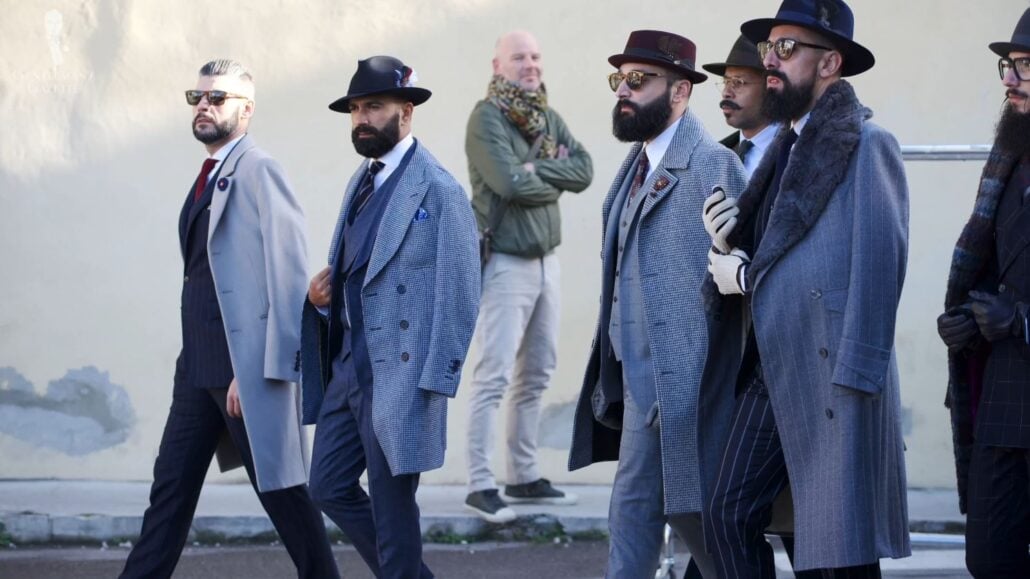
The rise of the great fashion houses saw historic Italian style put on display to the world to rival even the influence of the Roman Empire. And the Italian appreciation for quality materials and personal flair quickly became a selling point for a gargantuan industry.
Being home to so many iconic fashion businesses certainly helped Italians gain a reputation for being stylish, but it should be stressed that these fashion houses were just as often an expression rather than a progenitor of Italian styles.
The Italian Style Defined
Since we’ve now brought our story up to the modern day, let’s talk about what constitutes “contemporary Italian style.” Most people traced the origins of the Italian suit back to the Neapolitan tailor Vincenzo Attolini who, in the 1930s, deconstructed British suits to have less padding and a slimmer profile and fabrics more suited to the Southern Mediterranean climate. But, in fact, the Neapolitan suit with its unpadded natural shoulders, roped detailing, patch pockets, and very trim silhouette is simply the most famous and distinctive of Italian suit styles.
Just like Attolini redesigned a British suit to suit Naples, each region of Italy has its own distinct clothing styles that grapple with the realities of their own culture, climate, and class. Prominent examples would include the Roman style, which follows the general structure of a Neapolitan suit but with more sedate detailing, the Milanese style with its strong, extended shoulder, and the Florentine style, which combines the breadth of a Milanese suit with a more rounded overall silhouette.
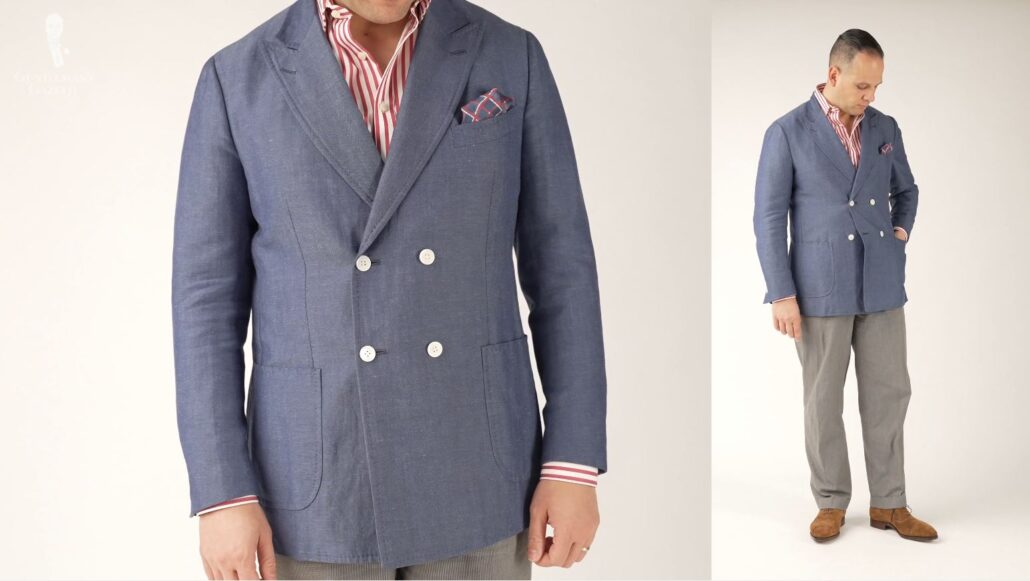
Italian suits have so much regional variety because clothing production in Italy was, for a long time, predicated on the region. After all, Italy wasn’t a unified country until the middle of the 19th century. Historically, unique styles, fabrics, and designs flourished in each of Italy’s many regions, fostering a sense of personal identity in how one dressed in each of these regions. This personal identity and, indeed, pride was helped along, as always, by the Italian devotion to quality materials.
Italian suits are known for their reliance on luxurious materials like linen and silk and lightweight wools like Super 100s and cashmere. Of course, it’s convenient that both historically and today, many of these materials are made in Italy. But, even with that benefit, a recent study found that Italians spend more per month on their clothing than anyone else in Europe. Interestingly, Germany came in second place.
Broader Italian culture has also influenced the development of Italian style. For example, the concept of sprezzatura was first defined by 16th-century Italian diplomat Baldassare Castiglione, who defined it as a nonchalance that concealed every artifice and made every action seem effortless and natural. Not only did this ideal influence the ways in which Italians carry themselves in daily life, but it also influenced their sense of style, promoting an approach to clothing that balanced precision and attention to detail with a relaxed attitude and a casual spirit.
What Exactly is Sprezzatura?
This contrast between excess and ease is also typified by the passeggiata, a leisurely stroll taken in the evening to relax after a long day, but also for Italians to show off their finery and see what their neighbors are wearing.
Of course, showing off is something that many people associate with Italian fashion, especially when considering the exuberant displays you’re likely to see at Pitti Uomo. But, in reality, the Italian style expresses itself in the sedate and the serene just as often as it does in the flashy and fashionable.

Many cultures have a dandy aesthetic, of course, and while Italy’s is famous, it’s just one of the many looks that exist on the peninsula and just one part of what makes the Italian style special. Remember that Italian style developed regionally and allows for personal expression and pride through quality materials and varied cuts.
Conclusion
So, we’ll close today by saying that it would have been very easy to write this post around stereotypes about Italian men – like the fact that they’re bold, flashy, or outspoken. But, we’ve found that looking beyond the stereotypes can actually be much more enlightening, and we hope that you have, too.
Ultimately, the exceptionalism of the Italian style can’t be attributed just to that famous Italian confidence alone. We feel that it’s more correct to say that Italians can feel confident in their clothes because of the remarkable legacy that those clothes entail. E così abbiamo finito (And now we’re done)!
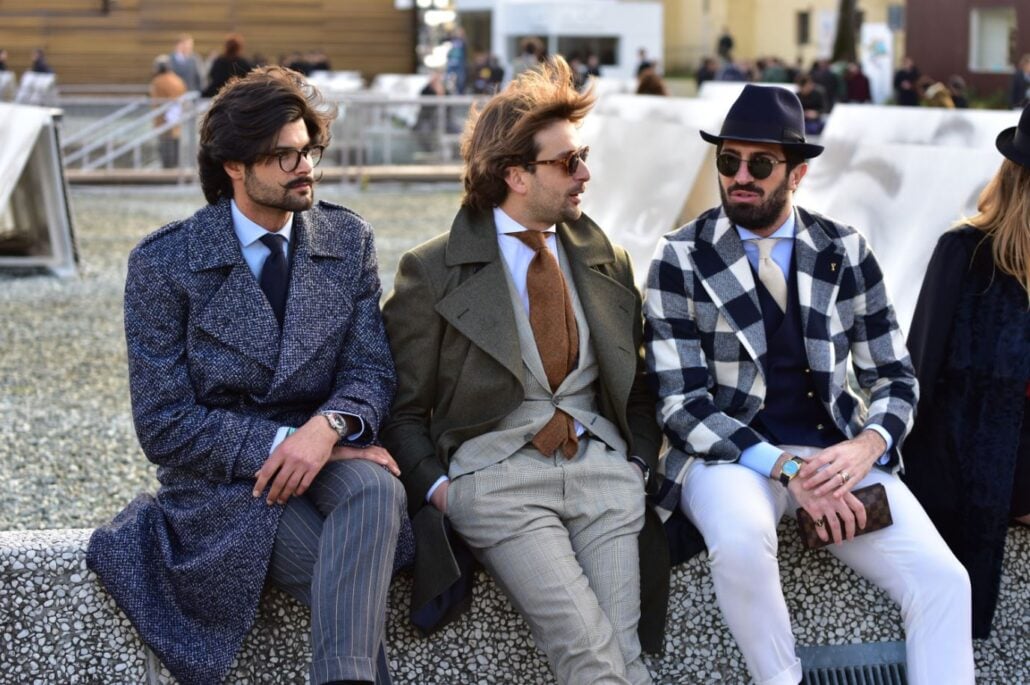
Did we miss any reasons that you feel make Italians so stylish? We’d especially like to hear on this front from i nostri amici Italiani (those Italian friends of ours).
Outfit Rundown
Today, I’ve attempted to wear as many garments as I could that were either directly made in Italy or otherwise Italian-inspired.
My reddish-brown sport coat in a rustic weave was made by the company Hawes & Curtis, but the fabric itself in wool comes from the mill of Marzotto in Northern Italy. Meanwhile, my plain white dress shirt was made by Giovanni Rosmini, and it features a spread collar typical of Italian style. I suppose, if I really wanted to go the extra mile, I could probably undo a few more shirt buttons.
My white trousers are from Brooks Brothers, but I wore them to keep up the light and summery feel. Meanwhile, my belt is in plain medium brown, and it harmonizes well with my suede loafers made by Velasca, another Italian brand.
The rest of my accessories today are all from Fort Belvedere, including our two-tone solid socks in burgundy and white, my mini carnation boutonniere in white and magenta, and my white pocket square in Italian linen, featuring a “P” monogram.
To reinforce the casual feel of today’s outfit, I’ve also elected to leave the product out of my hair, and, of course, you can find all of the Fort Belvedere accessories I’m wearing, along with a wide array of others, by visiting the Fort Belvedere shop.
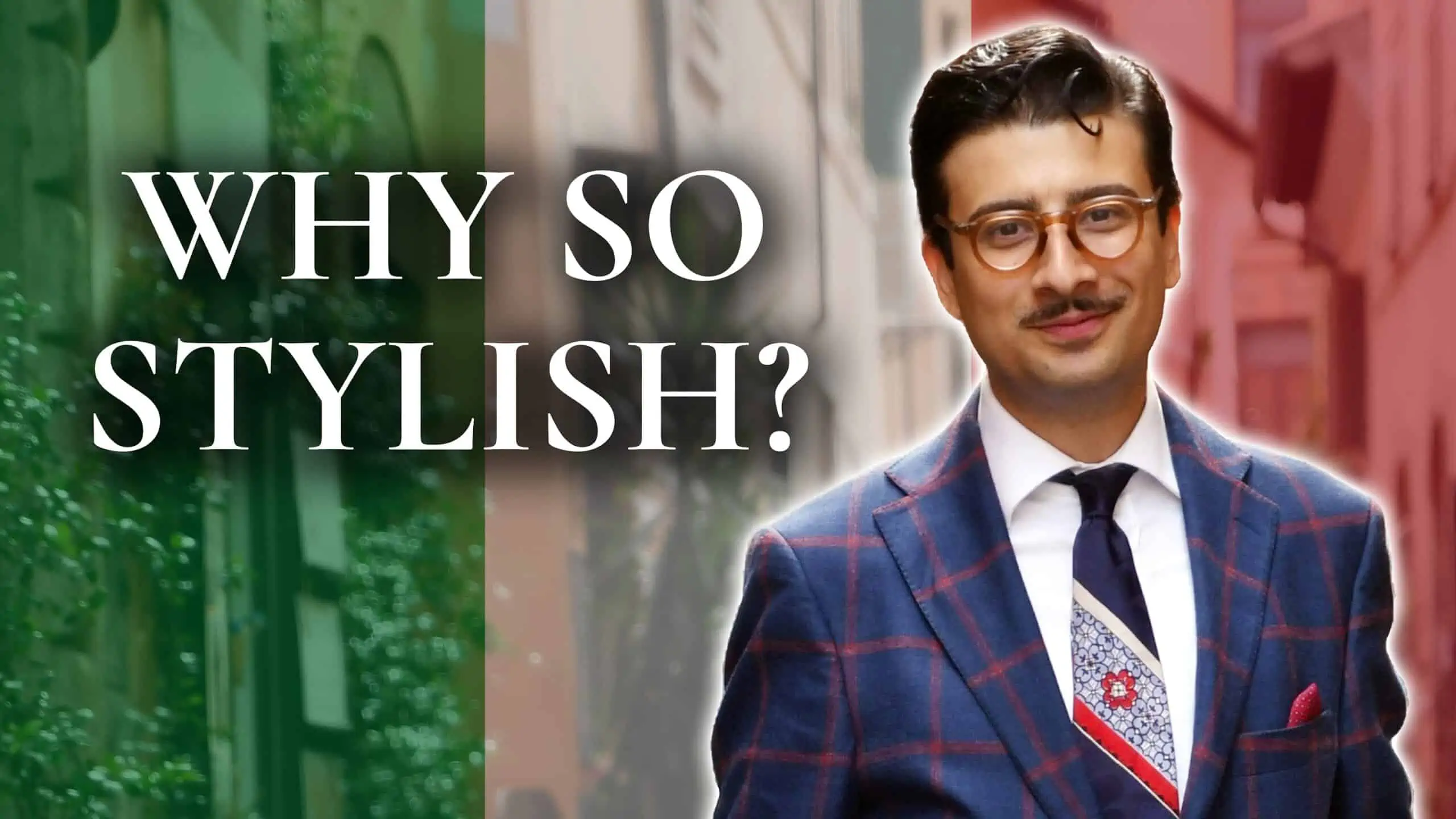
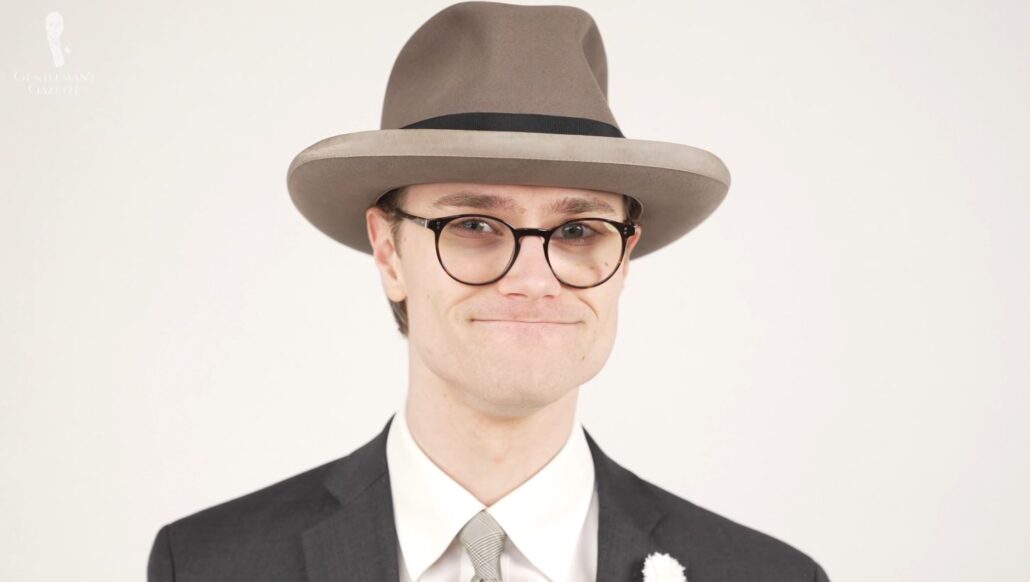
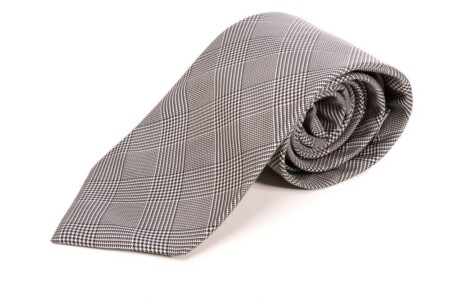
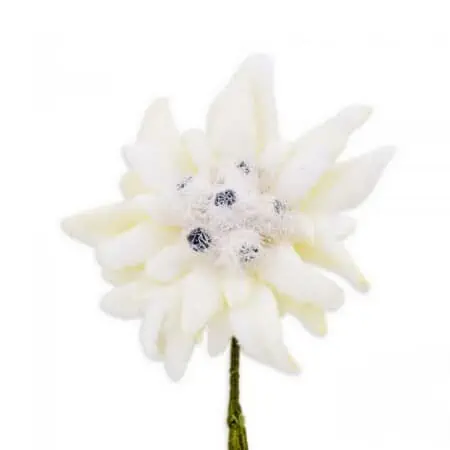
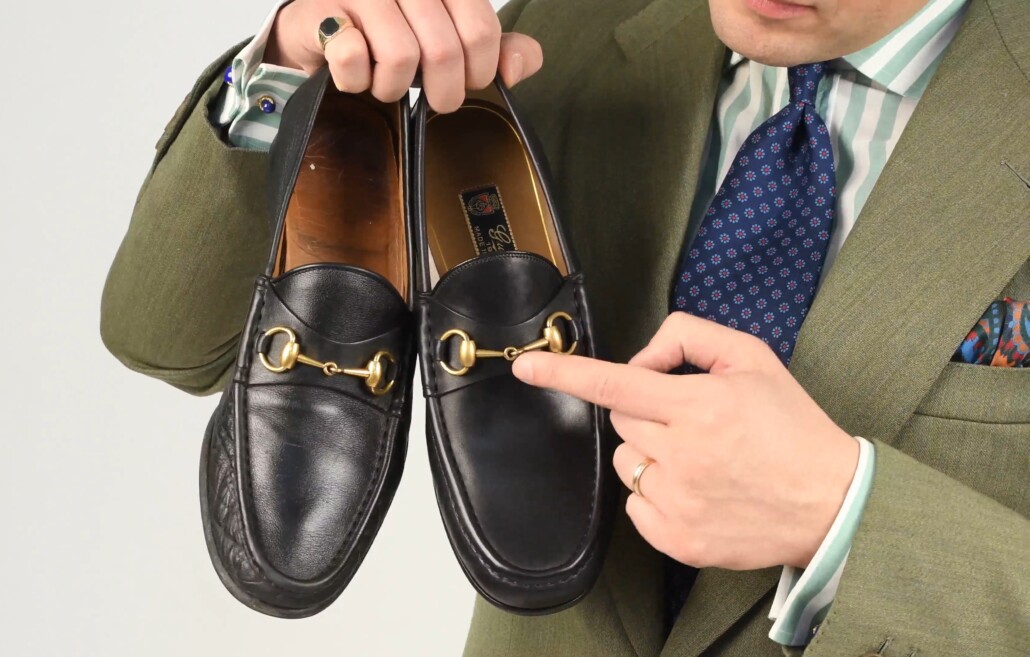
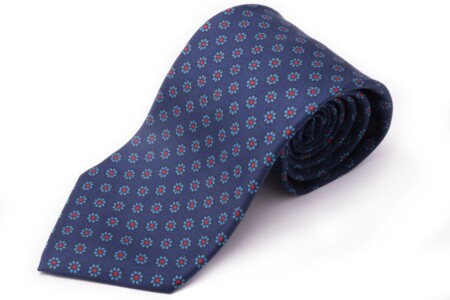
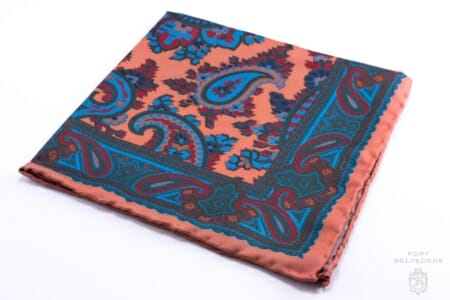
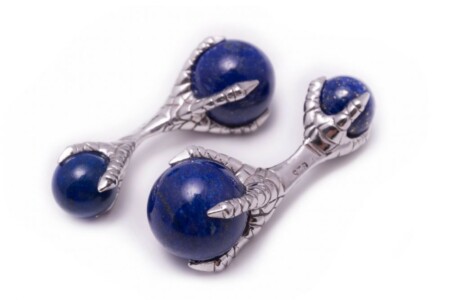
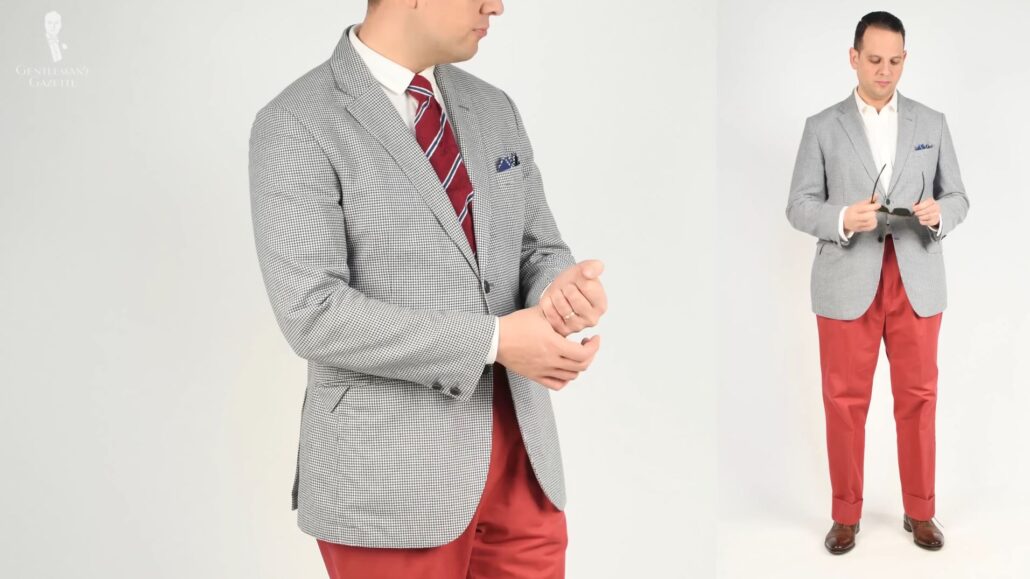
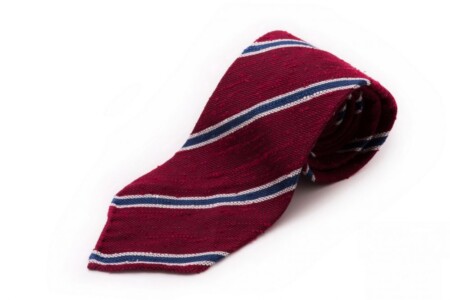
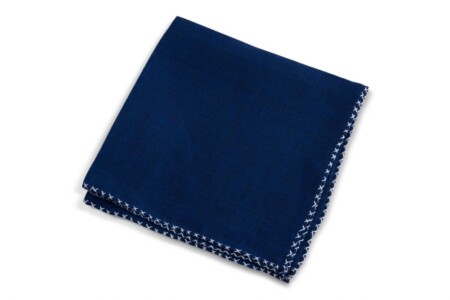
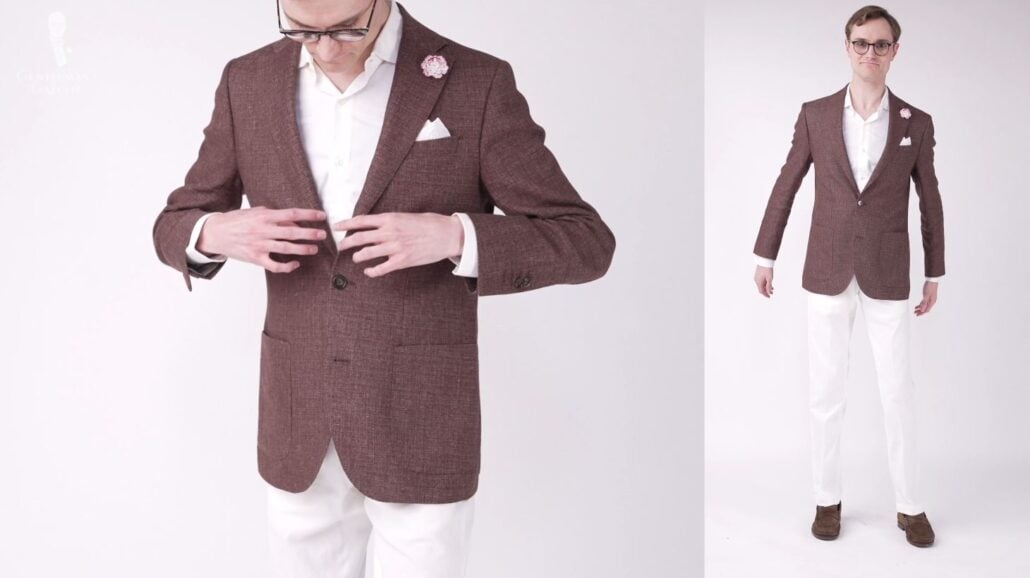
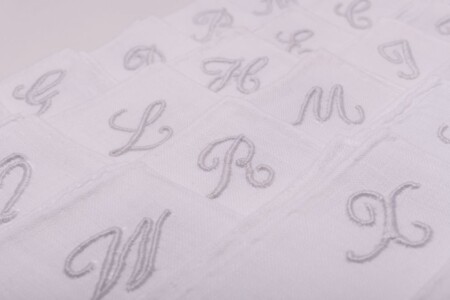
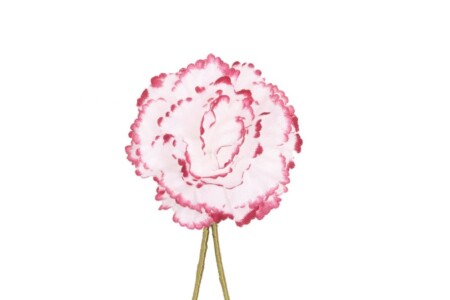
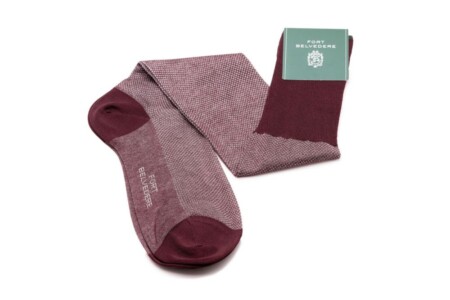
on a strictly marketing is your Preston trying to look gormless in that borsalino hat or is that just the way he is ?
That is his face at rest. If you watched the videos that is just how he is. Cheers.
I wasn’t expecting so much interesting history with this post, especially the detail of the string tie fad!
Excellent program, entertaining and educational.
Thank you, Joe!
Sean
I feel like you went out of your way to use an unflattering picture of the sack suit to prove your point. It is my favorite style, comfortable and relaxed, and a good tailor will give it a bit of shape without much trouble.
Hi James, we certainly love a sack suit at the Gentleman’s Gazette! Which image are you referring to in the article?
Mention should have been made of “fare una bella figura”, which has a huge influence on Italian dress.
I should have added, however, that your hairstyle is your best yet, Preston. Looks great.
Italian style, to my limited exposure to it in the field (some friends, some athletes, some business associates) is marked by the owner being more willing to let the individual items of clothing carry a greater part of the burden of personal expression. There’s an art to leaving the house in a sweater worth more than your car, but with the buttons misaligned. Wearing the perfect tie, looking like it was knotted by a schoolboy and hung on a doorknob overnight. Less emphasis on ‘coordination’. Like you reached blindly into the closet on your way downstairs to the motorcycle…
Beautiful job. I thoroughly enjoyed this video.
This is a great blog that has thrown highlights on the history of Italian men and how they have created an elegant look over the years. Awesome post!